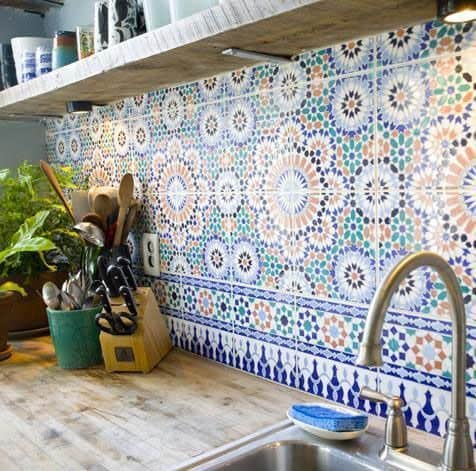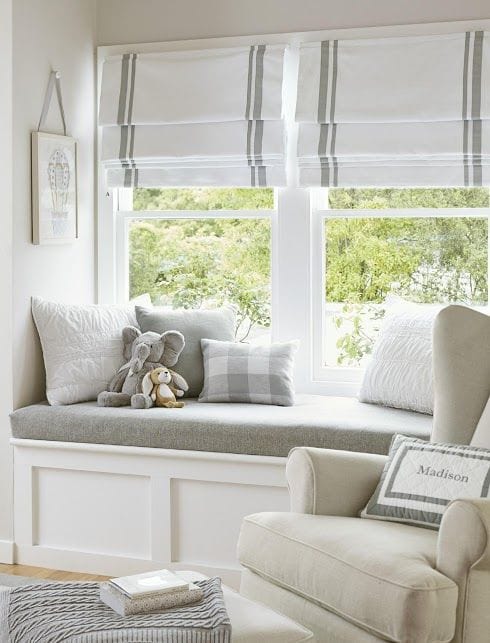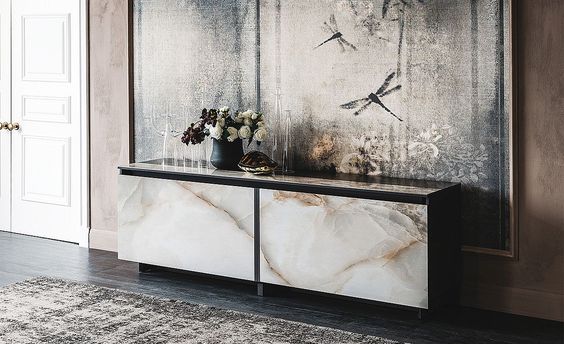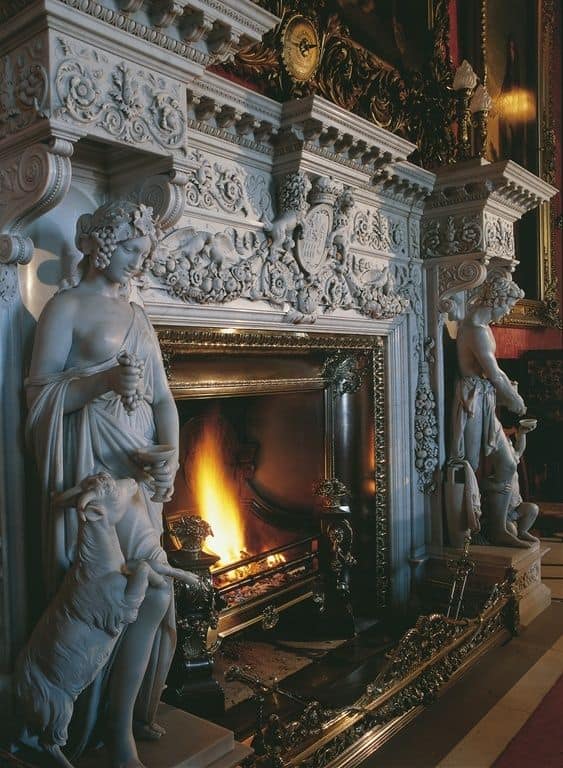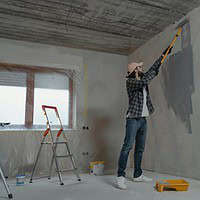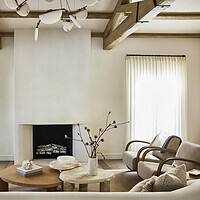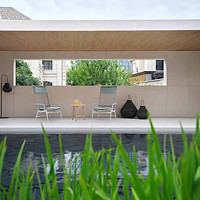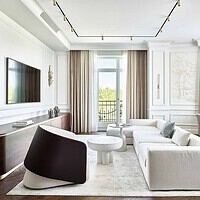Many people regard Rome as one of the most beautiful cities in the world, because it can boast of stunning architecture, ancient and Renaissance sculptures, paintings, and so much more. When you think of Rome, you might picture a combination of elegant buttresses, bold colors, and weathered beauty that are difficult to find anywhere else.
If you’d like to import that level of beauty into your residence, you’ll need some solid home décor ideas.
1. Inner, Central Courtyards
A major architectural feature in the better homes of ancient Rome was a central courtyard or open patio or garden that was accessible to the residence through multiple doors and windows. The courtyard hosted plants and usually included a water feature.
You can try situating more plants in your home and adding natural light to the interior. You might also create a Roman-inspired garden, with sculptures and a soothing and lovely water feature.
2. Columns
Inspired by the ancient Greeks, the Romans incorporated columns into their architecture. Many of Rome’s most famous sites, such as St. Peter’s Basilica or the Pantheon, are known for their columns. Whether Ionic, Doric or Corinthian, columns will create grandeur for the porch outside your front door, inside your living room, or to frame your kitchen cabinets.

3. Walls
The walls in Roman homes were frequently constructed of concrete and therefore quite plain. To add visual interest, some walls were painted with elaborate murals. A more affordable option consisted of draped fabrics, which resembled the tents in the Roman military campaigns across the ancient world from the future Germany and France to the Middle East.
For a bolder look, choose a mural for an accent wall. If you prefer a more conservative style, try draped fabric that has long curtains that pool on the floor or a four-poster bed draped with a light, sheer cloth.
4. Mosaic Backsplashes
When you visit Rome, you’ll encounter mosaics all over the city: in buildings, homes, and town squares. Mosaics use small art media such as marble, tile, glass, pottery, stone, and even shells, to make images in a floor or wall.
Although in Rome mosaics may fill an entire wall, modern homes frequently use them as accent pieces in tub surrounds or kitchen backsplashes.
5. Roman Shades
As the name suggests, Roman shades originated in ancient Rome and can be traced back to the Colosseum. The Romans used retractable fabric shades to enhance a spectator’s experience during attendance at a sporting event. They consist of a window shade that may be raised or lowered with a cord, so it affords a clean, modern alternative to window coverings.
6. Bright Color Accents
It was once believed that Roman color schemes consisted only of natural earth tones. Although natural colors were clearly popular, the excavation of Pompeii revealed that the walls of ancient Rome cities were frequently painted with bright colors.
Popular colors were cobalt blue, vermilion, and bright yellows. The colors of your Rome-inspired home could be predominantly bright and bold. Or you could stay more conservative with natural earth tones paired with bold colors in the furniture, fabrics, or accent walls.
7. Ornate Furniture
Ancient Roman homes were sparsely furnished; they emphasized open space. Typically, they featured low, backless chairs or sofas, a few tables, and the occasional footstool.
Most furniture, especially in the more affluent households, had ornately carved legs as well. No Roman-style household today would be complete without similar furnishings.
8. Marble Finishes
Though not initially popular in the City of Seven Hills, marble became popular during the reign of Augustus (31 B.C.E. to 14 C.E). The emperor famously declared that he “found Rome a city of brick and left it a city of marble.”
Marble has many potential applications in home décor, whether as a flooring material, backsplash option, or countertop.
9. Overstuffed Accent Pillows
The materials used to construct Roman furniture as well as the houses were often hard and unforgiving, so the Romans used luscious fabric to soften them, both visually and in terms of textures. Many chairs and sofas in Roman homes were covered with large accent pillows that made the surfaces more comfortable.
Although you don’t have to worry about comfort with contemporary Roman-style furniture, carefully selected accent pillows will complete the look.
10. Geometric Patterns
Geometric patterns were a common sight in Rome. For example one of the most famous geometric patterns is known as the Greek key or the meander.
It’s a design motif found everywhere across the Eternal City, especially on building exterior borders and flooring. Geometric patterns can be incorporated into your home with tiling, a nice rug, and even the furniture.
11. Busts and Statues



